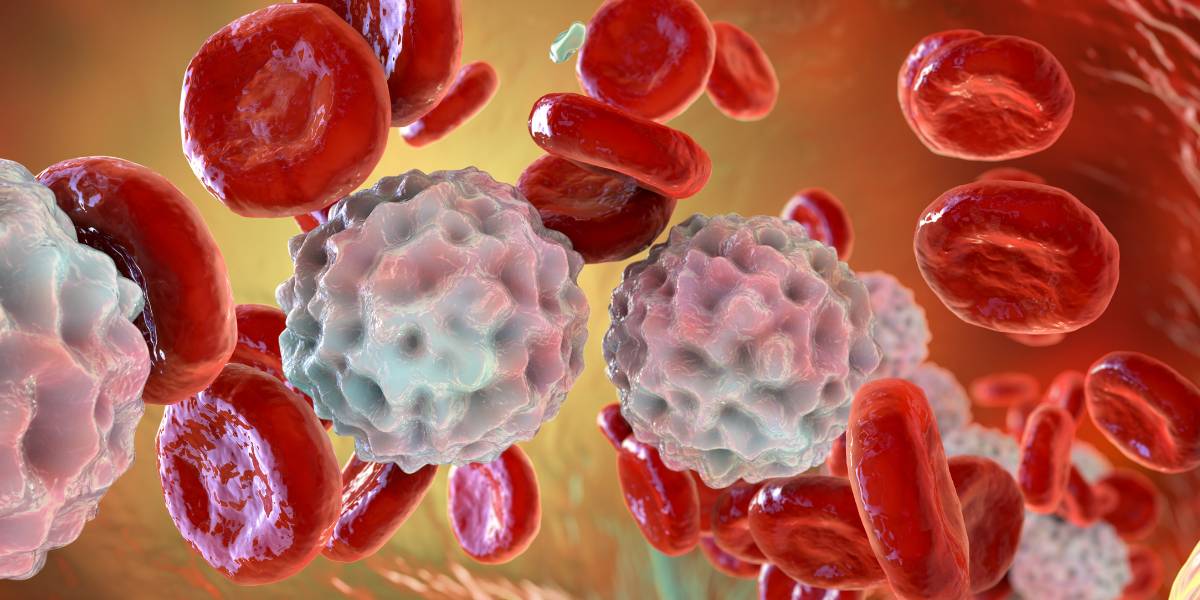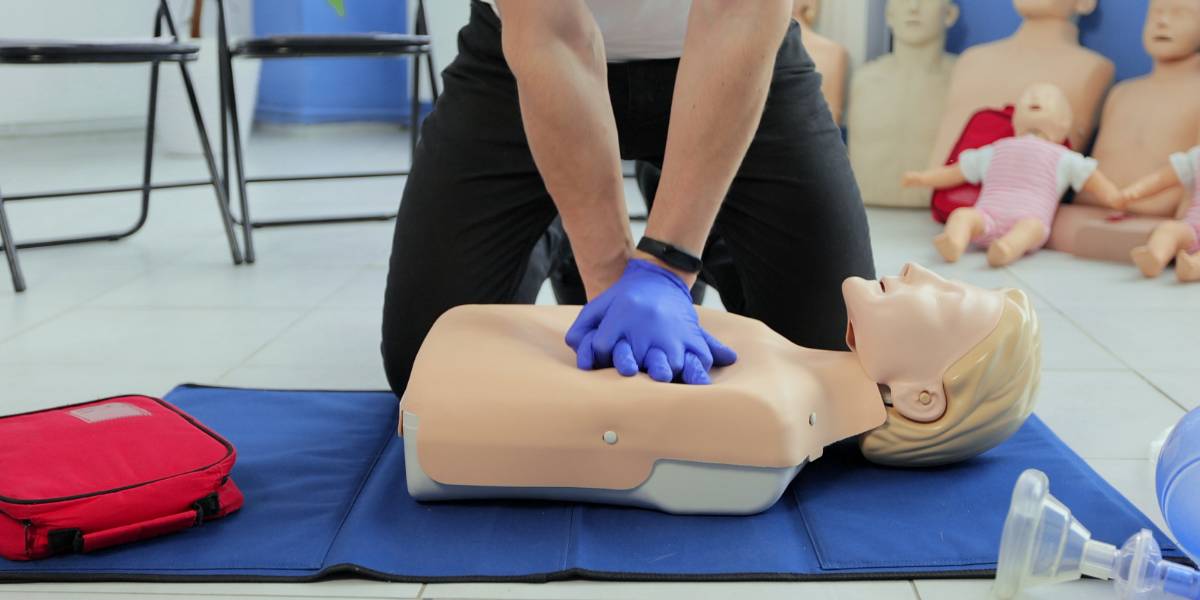Coeliac disease (also known as celiac disease) is a condition that occurs when the lining of the small intestine is damaged by gluten.
Gluten has an adverse reaction that causes the immune system to attack the lining of the bowel. Gluten is a common protein that is found in:
- Rye
- Wheat and
- Barley
The damaged lining of the small intestine means that foods are not absorbed properly.
Several groups are more at risk from developing celiac disease, and these include type 1 diabetics
What symptoms are common in coeliac disease?
Like diabetes itself, coeliac disease can be diagnosed with no symptoms, and the symptoms can be extremely subtle.
If symptoms are presented, they may include:
- Abdominal pain or discomfort
- Abdominal bloating
- Flatulence
- Diarrhoea
- Losing weight from an inability to absorb nutrients from food
- Feeling excessively tired
Children that are not growing at the expected rate for their age may also be presenting a sign of coeliac disease.
Coeliac disease in children
In babies and young children, coeliac disease can cause them to gain weight, become paler, and be lethargic and unhappy.
In children, coeliac disease often starts manifesting itself when cereals are introduced into the diet.
All of the symptoms of coeliac disease can also be indicative of other conditions, so it is essential to seek professional diagnosis before jumping to any conclusions.
However, if left untreated, coeliac disease can lead to bone disease, anaemia and even cancer.
How large is the risk of coeliac disease in the UK?
Recent research has found that coeliac disease affects approximately 1 in 300 people throughout the UK and Europe. In some areas of the world, coeliac disease is more prevalent. For instance, the West coast of Ireland has a high coeliac concentration with approximately 1 in 100 people affected by the condition.
Coeliac condition occurs equally in men and women.
What are the causes of coeliac disease?
Gluten is a combination of the proteins gliadin and glutenin. When Gluten is mixed with water it becomes sticky and forms dough. When gluten reaches the lining of the small bowel it causes a reaction.
The immune system attacks villi on the lining of the bowel as if it were an external organism. In coeliac disease, the villi are attacked and eventually may be destroyed.
Henceforth, nutrients are not properly absorbed, leading to a host of problems. Many coeliacs inherit the condition from a member of their family, although having a coeliac family member means only a 10% higher chance of developing the condition.
I am worried that I may have coeliac disease, who can diagnose me and how does this work?
To obtain an accurate diagnosis of coeliac disease, it is usually necessary to see a gastroenterologist. A new method of testing involving measuring the anti-gliaden antibodies that only persist in people with coeliac disease is considerably easier than the old method of intestinal biopsy.
However, the tests are still not 100% accurate.
Is there a link between diabetes and coeliac disease?
Coeliac disease is an autoimmune disease, meaning that the body’s immune system attacks its own cells. Type 1 diabetes is also an autoimmune disease and research has established a higher incidence of type 1 diabetes diagnosis in people with coeliac disease than in the general population.
Type 1 diabetes affects around 0.75% of the UK population whereas it affects between 2% and 10% of people with coeliac disease. The NICE guidelines recommends that people with type 1 diabetes are screened for coeliac disease.
How will being coeliac affect my diabetes?
If coeliac disease has caused damage to the small intestine, this can lead to difficulties with absorbing nutrients including carbohydrate, which may lead to an increased likelihood of hypoglycaemia and hyperglycemia
Regular monitoring of blood glucose levels will help you to see how your sugar levels respond to meals and can help to catch instances of too high or too low blood sugar levels.
What diet should I use if I have coeliac disease and diabetes?
To return the intestine to a normal pre-coeliac state it is necessary to adhere to a strict gluten-free diet.
Diet is essential to manage diabetes, but when combined with coeliac disease this needs careful attention.
When coeliac disease has been diagnosed, many of the staple sources of carbohydrate, such as bread, pasta, cereal, biscuits and cakes, must be avoided. However, they can be replaced with gluten-free alternatives.
The NHS recognises that gluten free alternatives may not be readily available and can be more expensive and so a number of gluten free foods are available on prescription for people with coeliac disease.
There are several key difficulties to be considered when combining a coeliac and diabetes-friendly diet. Having both diabetes and coeliac disease can significantly reduce the number of foods available to eat.
As many pre-prepared foods rely on gluten, you may need to prepare more foods from scratch. There are many books available about living gluten-free.
Gluten free food labelling
In line with EU regulations, introduced in 2005, packaged foods that contain gluten should carry a notification to say so. Some packaged foods may also state that a food is gluten free and the appearance of a Crossed Grain symbol also denotes that the food contains no gluten.
Some restaurants now provide information on which dishes include gluten or state which dishes are gluten free.
Who can I turn to for help and advice about diabetes and coeliac disease?
These numbers and addresses could provide further useful information:
- The Coeliac Society, PO Box 220, High Wycombe
- Tel: 01494 437278
- Help line: 0870 4448804






